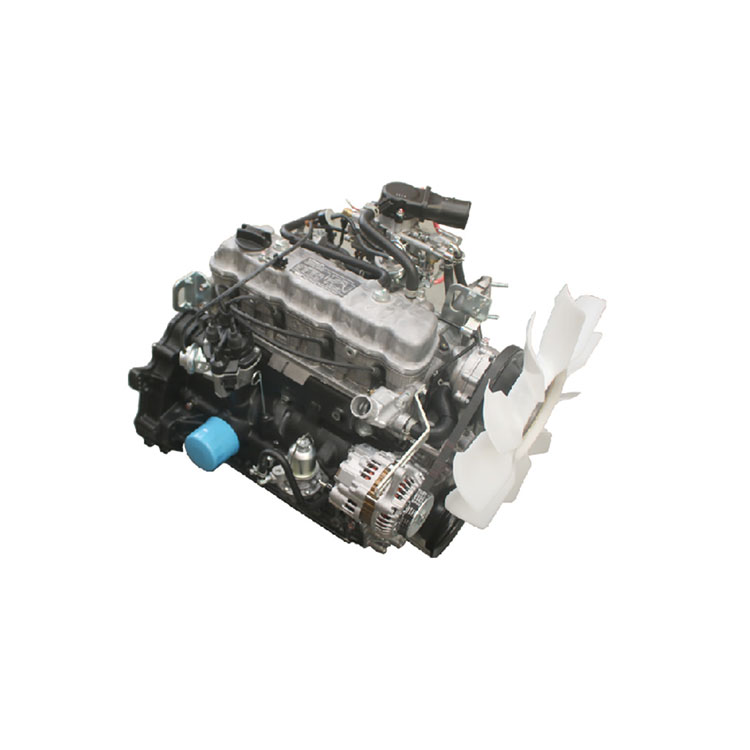Product Name |
| Forklift Engine Assembly |
Weight | KG | 170 |
Rated power/speed | KW | 37.2 |
Stroke |
| 4 Stroke |
Cylinder |
| Multi-cylinder |
Cold Style |
| Water-cooled |
Start |
| Electric Start |
Dimension(L*W*H) | MM | 90*85*80 |
Part Number |
| 10001-35K2A |
Rated Power | KW | 37.2 |
Rated Speed | RPM | 2300 |
Applied Model |
| K25 |
Displacement |
| 2488CC |
Gasoline | KW | 37.4 |
LPG | KW | 35 |
Engine Type |
| GK Series |
Condition |
| 100% Brand-New |

Maintenance knowledge of forklift Engine Assembly:
Forklift Engine Assembly
The Forklift Engine Assembly is one of the core components of a forklift, responsible for providing power to the vehicle. In this article, we will delve into the importance of the forklift engine assembly and its key components.
Key Components of a Forklift Engine Assembly
1. Cylinder Block: The cylinder block is the main body of the engine where the cylinders are housed. It plays a crucial role in the combustion process by providing a rigid structure for the cylinders.
2. Pistons: Pistons move up and down within the cylinders, compressing the air-fuel mixture and converting it into mechanical energy. They are essential for the proper functioning of the engine.
3. Crankshaft: The crankshaft converts the linear motion of the pistons into rotational motion, which drives the forklift's wheels. It is a vital component that ensures smooth operation of the engine.
4. Camshaft: The camshaft controls the opening and closing of the engine's valves, allowing air and fuel to enter the cylinders and exhaust gases to exit. It plays a crucial role in the engine's performance.
5. Valves: Valves regulate the flow of air and fuel into the cylinders and the exhaust gases out of the cylinders. They must open and close at the right time to ensure efficient combustion.
Importance of Regular Maintenance
Proper maintenance of the forklift engine assembly is essential to ensure its longevity and optimal performance. Regular oil changes, air filter replacements, and spark plug inspections are crucial to prevent engine wear and damage.
Additionally, monitoring the engine's temperature and addressing any overheating issues promptly can prevent costly repairs and downtime. Routine inspections of the engine components can help identify potential problems early on and prevent major breakdowns.
In conclusion, the forklift engine assembly is a critical component of the vehicle that requires regular maintenance and care. By understanding its key components and the importance of proper upkeep, forklift operators can ensure the smooth operation of their vehicles and prolong their lifespan.




























